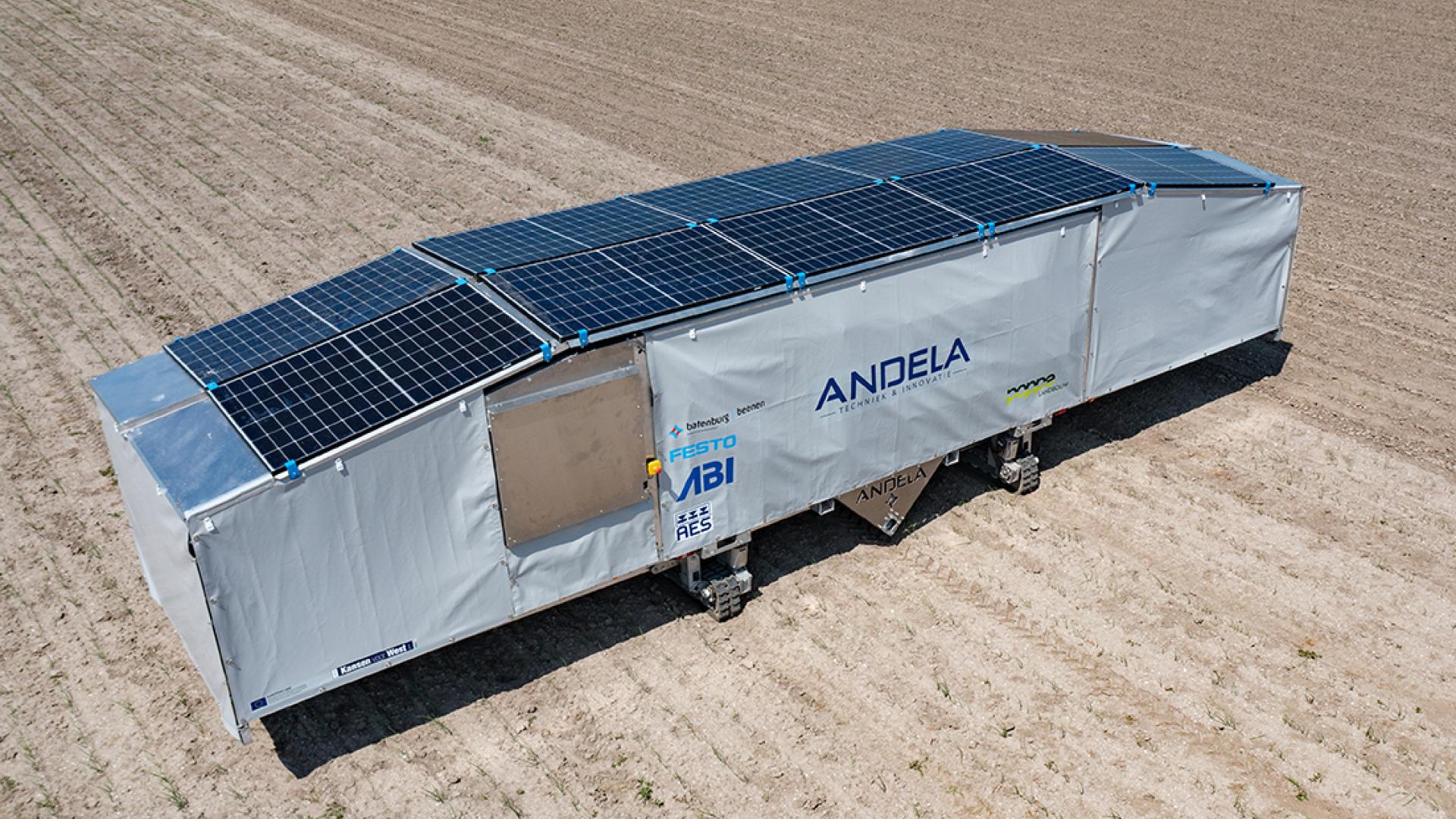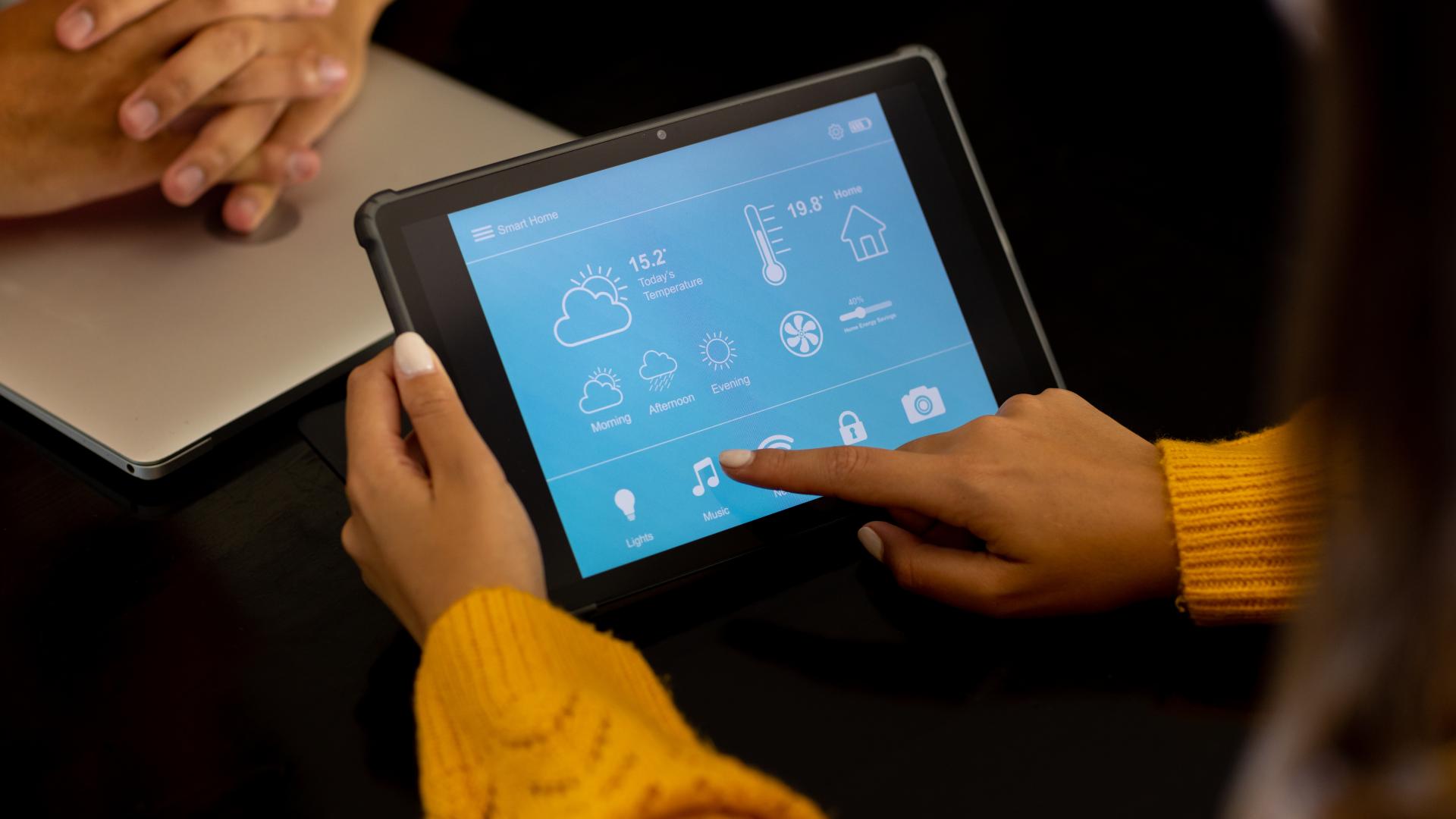Predictive Agriculture
Predictive agriculture is leveraging Artificial Intelligence (AI) and machine learning to transform farming practices, making them more efficient and sustainable. By analyzing vast datasets from sources like satellite imagery, ground sensors, and weather models, AI algorithms can provide actionable insights for farmers.
One key application is in yield prediction, where AI models assess historical data, weather conditions, and crop health to forecast crop yields accurately. This enables farmers to make informed decisions about resource allocation, harvest planning, and market timing, potentially increasing profitability.
Another area where predictive agriculture is making strides is in disease and pest management. AI-driven systems can detect early signs of disease or pest infestation by analyzing images of crops. This early detection allows for timely and targeted interventions, reducing the reliance on broad-spectrum pesticides and minimizing crop losses.
AI is also revolutionizing soil health management. By predicting how different crops affect soil composition and moisture levels, AI helps farmers choose the best crop rotations and soil treatments to maintain or improve soil health, which is crucial for long-term agricultural sustainability.
Despite its potential, predictive agriculture faces challenges such as the need for robust digital infrastructure, the complexity of AI systems, and the high initial costs. However, ongoing advancements in AI technology and increased accessibility to high-quality data are expected to mitigate these challenges, making predictive agriculture an integral part of modern farming.
Farm robots for precision farming
Farm robots for precision farming are at the forefront of agricultural innovation, offering solutions that enhance efficiency, productivity, and sustainability in farming practices. These advanced machines are equipped with AI and machine learning algorithms, enabling them to perform a wide range of tasks with remarkable precision.
Robots like the Andela Robot Weeder ARW-912 are designed for high-precision weeding, suitable for crops grown in rows. This technology allows for targeted weed removal, reducing the need for chemical herbicides and promoting environmental sustainability.
Harvesting robots equipped with computer vision can identify and harvest ripe crops, minimizing damage and reducing the reliance on manual labor. This innovation is particularly beneficial for delicate crops where precision is crucial.
Seeding and planting robots can place seeds accurately according to predetermined patterns, optimizing space usage and potentially increasing crop yields. This level of precision ensures optimal growth conditions for each plant.
Drones and robotic systems are also being utilized for precise and targeted spraying of pesticides and fertilizers. Equipped with sensors and nozzles, these machines can apply substances exactly where needed, minimizing waste and environmental impact.
Looking ahead, the integration of farm robots with other technologies like IoT devices and drones is expected to provide a more comprehensive view of farm conditions, enabling even more precise and timely farming interventions.
Despite challenges such as high initial costs and technical complexities, advancements in technology and increasing accessibility are expected to make these robots an integral part of modern farming practices.
Internet of Things (IoT) in agriculture
The integration of the Internet of Things (IoT) in agriculture is significantly enhancing the efficiency, productivity, and sustainability of farming operations. IoT devices equipped with various sensors collect and transmit real-time data, enabling farmers to make informed decisions for optimizing their practices.
Precision Farming is one of the key applications where IoT technologies shine. By leveraging data from sensors, satellite imagery, and other sources, farmers can practice precision agriculture, applying the exact amount of water, fertilizers, and pesticides needed, thereby conserving resources and minimizing environmental impact.
In the realm of Crop and Livestock Management, IoT technologies facilitate the monitoring of crop health and livestock conditions, helping to detect early signs of diseases or distress. This allows for timely interventions, ensuring the health and well-being of crops and animals.
Automated Irrigation Systems, powered by IoT, adjust the water supply based on data from soil moisture sensors and weather predictions, ensuring that crops receive the optimal amount of water and reducing water wastage.
IoT also plays a crucial role in Supply Chain Efficiency, tracking the conditions and location of agricultural products throughout the supply chain, from farm to table. This enhances transparency, reduces food waste, and ensures the quality and safety of agricultural products.
Despite the many benefits, challenges such as high initial setup costs, the complexity of AI systems, and data security concerns exist. However, advancements in technology are expected to address these challenges, making IoT more accessible and beneficial for the agricultural sector.
Agricultural robotics
Agricultural robotics is revolutionizing the farming industry by introducing advanced technologies to tackle labor shortages, increase efficiency, and promote sustainable practices. Robotic systems equipped with AI and machine learning are capable of performing a wide array of agricultural tasks with remarkable precision and autonomy.
Weeding and Pest Control robots, such as the Andela Robot Weeder ARW-912, offer high-precision weeding suitable for row crops, minimizing the need for chemical herbicides. Similarly, the Tensorfield Agriculture Jetty employs thermal weeding methods, providing an eco-friendly alternative to traditional weeding techniques.
In the domain of Harvesting, robots equipped with computer vision and AI algorithms can identify and harvest ripe produce, reducing the need for manual labor and enhancing efficiency, especially for delicate crops where precision is crucial.
Seeding and Planting robots ensure accurate placement of seeds, optimizing space usage and potentially increasing crop yields. This level of precision ensures the best growth conditions for each plant.
For Spraying, drones and robotic systems equipped with sensors can apply pesticides and fertilizers precisely where needed, reducing waste and environmental impact.
As technology advances, we anticipate increased integration of farm robots with other smart farming technologies, such as IoT devices and drones, providing a comprehensive view of farm conditions and enabling more precise interventions.
Despite challenges such as high initial costs and technical complexities, advancements in technology and increasing accessibility are expected to make these robots a fundamental part of modern farming.
AI in Agriculture
Artificial Intelligence (AI) is revolutionizing agriculture, offering innovative solutions to increase efficiency, productivity, and sustainability. AI-driven technologies, such as machine learning and computer vision, are being applied in various aspects of farming to optimize operations and address challenges.
Precision Agriculture: AI enables precision agriculture by analyzing data from IoT devices, satellite imagery, and ground sensors. This analysis helps in making precise decisions about irrigation, fertilization, and pest control, leading to reduced waste and improved crop yields.
Crop Monitoring and Health Assessment: AI technologies are crucial for real-time monitoring of crop health. By processing images and data, AI systems can detect early signs of diseases, pests, and nutrient deficiencies, allowing for timely and targeted interventions.
Yield Prediction and Harvest Optimization: AI models leverage historical data and current conditions to predict crop yields accurately. This predictive capability aids in efficient harvest planning and supply chain management, enhancing profitability.
Automated and Robotic Systems: The development of autonomous machines for tasks such as planting, weeding, and harvesting is facilitated by AI. These systems reduce labor costs and improve operational efficiency, particularly in repetitive and labor-intensive tasks.
Soil and Water Management: AI-driven systems offer insights into soil health and water usage, promoting sustainable practices. By understanding soil conditions and moisture levels, farmers can implement effective crop rotation strategies and irrigation practices.
Despite the potential, the integration of AI in agriculture faces challenges, including the need for significant investment and the complexity of AI systems. However, advancements in technology are expected to overcome these barriers, making AI more accessible to farmers.
For more detailed information on agriculture automation, refer to the following resources:



